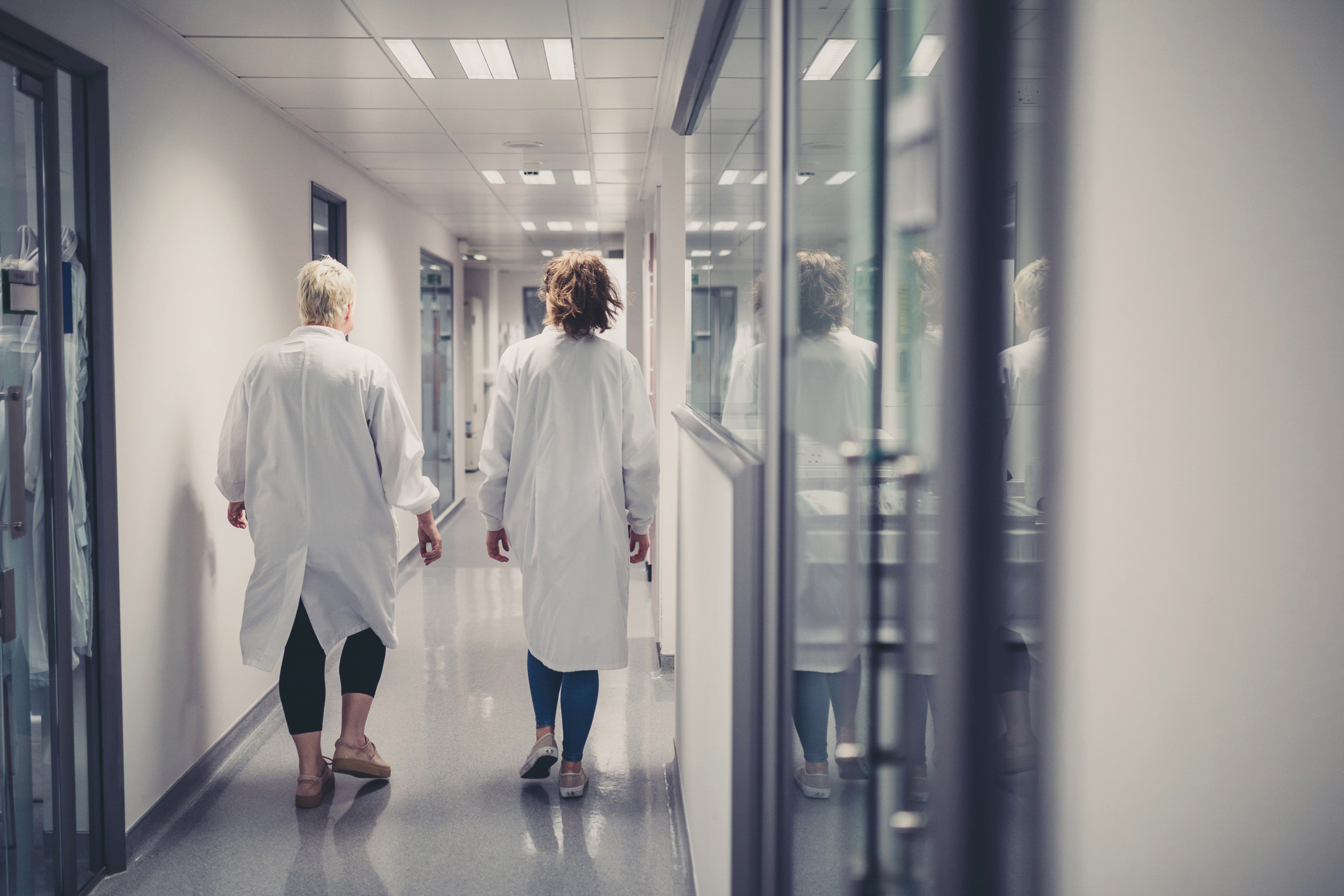SKIN SENSITISATION
Gentronix provides in chemico and in vitro services for investigating key events of the skin sensitisation adverse outcome pathway (AOP). Using this battery of assays enables weight of evidence approaches to be adopted for the hazard assessment of potential skin sensitisers, without the use of laboratory animals. Our team of experts can support you in delivering the correct combination of these assays for your project, along with interpretation of the results with regards to the AOP.
KEY EVENTS
Click on the above buttons to find out more
Together, these key events, either in sequence &/or combination, describe the molecular, cellular and tissue level processes that are involved in a susceptible individual to become sensitised to a chemical post exposure.
SERVICE INFORMATION
DPRA
The OECD 442C direct peptide reactivity assay (DPRA) investigates the molecular initiating event of the AOP for skin sensitisation – Haptenation. Utilising HPLC, the potential for the reactivity of a test substance to cysteine and lysine peptides is detected. Depletion of these peptides via test substance reactivity is used to support the discrimination between skin sensitisers and non-sensitisers.
KeratinoSensTM
The KerationSens™ assay is a gene reporter assay which investigates key event two in the skin sensitisation AOP – Keratinocyte Activation. Utilising a luciferase reporter for the Keap1-Nrf2-Antioxidant/Electrophile Response Element, test substances are assessed for the ability to activate this signalling pathway. Utilising a 96-well microplate format, this assay enables use of low amounts of test substance, coupled with high-throughput detection to assess skin sensitising potential of test materials.
h-CLAT (human Cell Line Activation Test)
The h-CLAT assay investigates the third key event of the skin sensitisation AOP – Dendritic Cell Activation. Utilising the monocytic THP-1 cell line, the ability of a test substance to modulate the expression of CD54 & CD86 cell surface markers is assessed by flow cytometry. Upregulation of these cell surface markers is associated with dendritic cell activation and leads to the stimulation of an immune response required for sensitisation of the skin to test substance.




